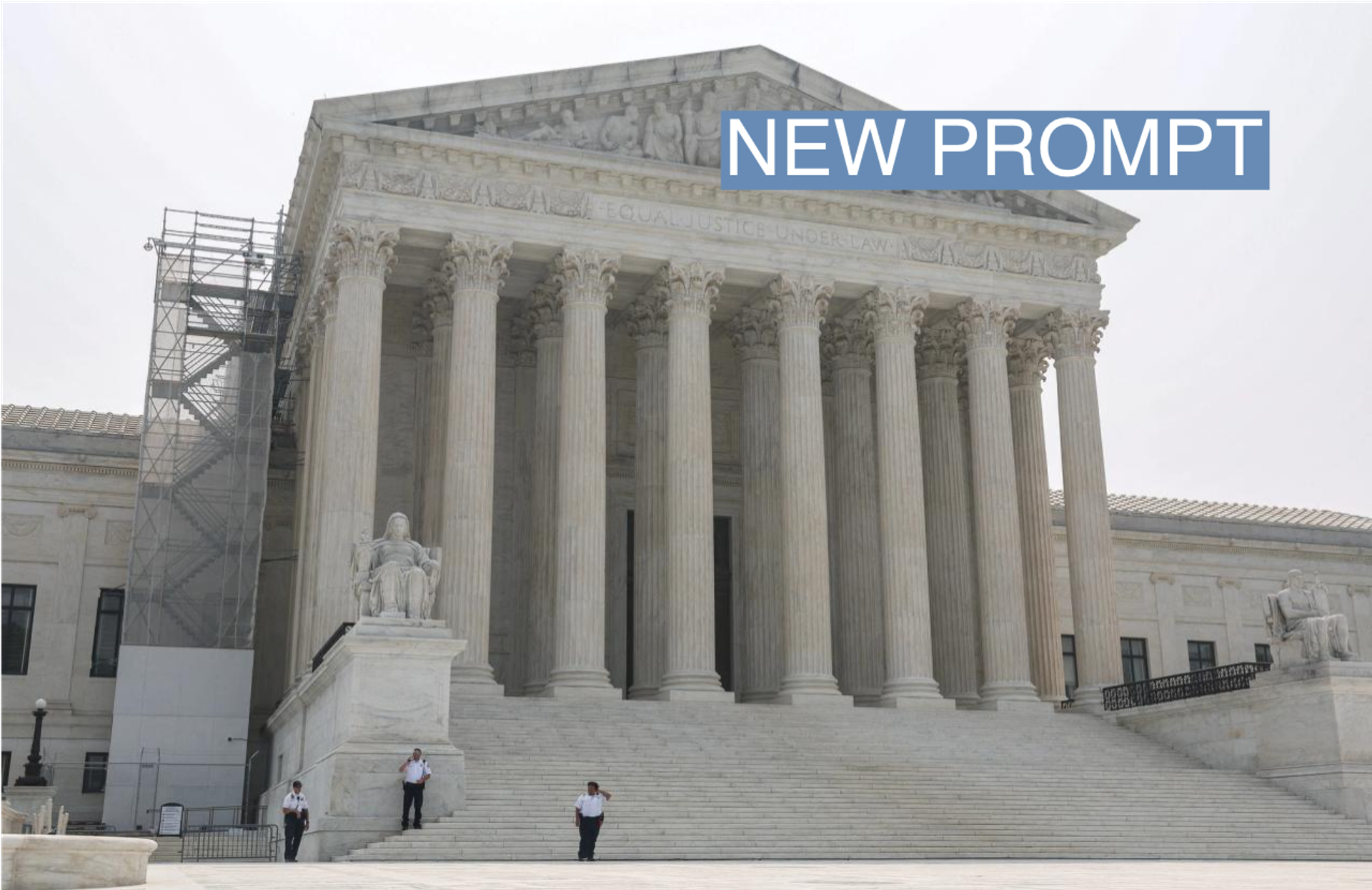The News
The Supreme Court officially struck down the use of affirmative action in college admissions on Thursday. But at the tail end of his decision, Chief Justice John Roberts appeared to leave a path open for schools to continue factoring in race when picking students.
“Nothing in this opinion should be construed as prohibiting universities from considering an applicant’s discussion of how race affected his or her life, be it through discrimination, inspiration, or otherwise,” Roberts writes.
The caveat is already attracting widespread attention, including from the White House. President Biden seized on Robert’s line in a speech after the decision, urging colleges to adopt a “new standard, where colleges take into account the adversity a student has overcome when selecting between qualified applicants” — including factors like poverty and racial discrimination.
College admissions consultants are being a bit blunter, saying it gives colleges admissions staff an easy way to consider race, as long as applicants discuss it in an essay. Even before the decision came down, some colleges were considering adding questions about personal identity to their applications in the expectation that the court would junk the current affirmative action system.
“It’s a huge loophole,” Brian Taylor, managing partner at Ivy Coach, told Semafor. “Will the Common App likely ban the race box on applications? Yes. But colleges are going to find ways around that race box. It’s going to be more about the story.”
In his ruling, Roberts warns schools not to use personal statements as a backdoor way to simply ask students about their race. “Universities may not simply establish through application essays or other means the regime we hold unlawful today,” he writes. But schools can give students credit for showing “courage and determination” for overcoming racial discrimination, or their “unique ability to contribute to the university.”
In other words, the student must be assessed on his or her experiences as an individual — not on the basis of race.
In this article:
Jordan’s view
I assume this will all get litigated some more in the future, but for now, it does sort of feel like Roberts just opened a crack in his decision that a school like Harvard can try to drive a big crimson truck through. In fact, the university already released a statement drawing attention to the clause.
It’s not likely to be a complete replacement for the current system of affirmative action — public colleges where the practice was banned previously saw significant drops in Black and Hispanic enrollment. Schools could risk future lawsuits from rejected applicants arguing they’re doing just what the chief justice explicitly warned them not to (a dissent from Justice Sonia Sotomayor even predicted “a plethora of litigation” coming).
But combined with other possible admissions strategies, like giving applicants credit for growing up in less wealthy neighborhoods, the personal essay exception seems like one tool schools can use to minimize declines in Black and Hispanic student admissions.
It’s even conceivable Roberts’ decision will — ironically — make race more central to the college admissions process for many students, since writing an essay about how race affected one’s life “through discrimination, inspiration, or otherwise” will pretty much be the only way to get recognition for their personal experience as a minority.
Ivy Coach’s Taylor said this wasn’t such a jarring departure, since the admissions process already often encouraged students to discuss hardships they’ve overcome. “Elite colleges have long wanted students who would contribute to their diversity by doing more than checking a number,” he said.
Room for Disagreement
In her dissent, Sotomayor suggests that Roberts’ caveat may not give colleges all that much wiggle room. “This supposed recognition that universities can, in some situations, consider race in application essays is nothing but an attempt to put lipstick on a pig,” she writes. “The Court’s opinion circumscribes universities’ ability to consider race in any form by meticulously gutting respondents’ asserted diversity interests.”
